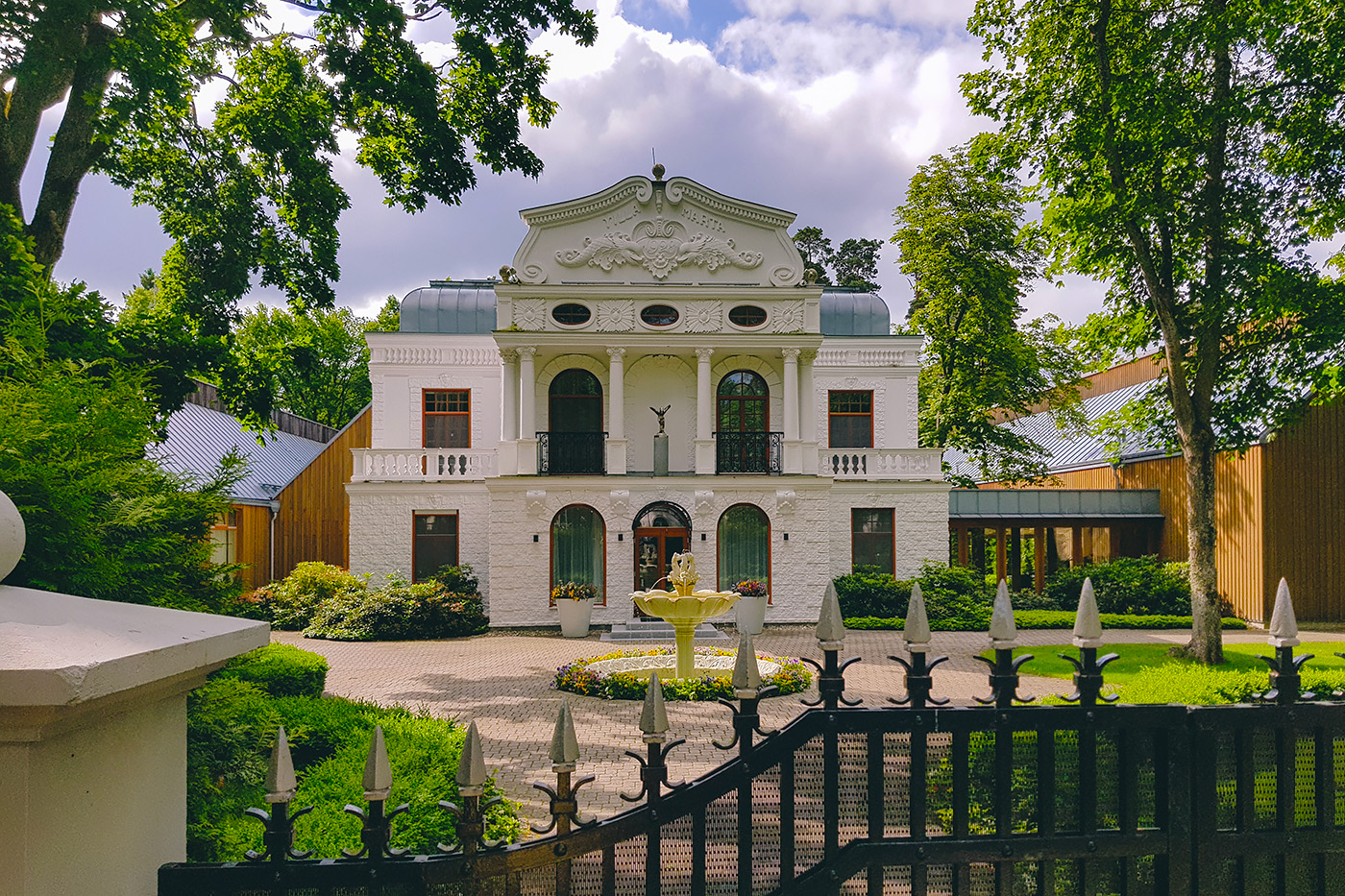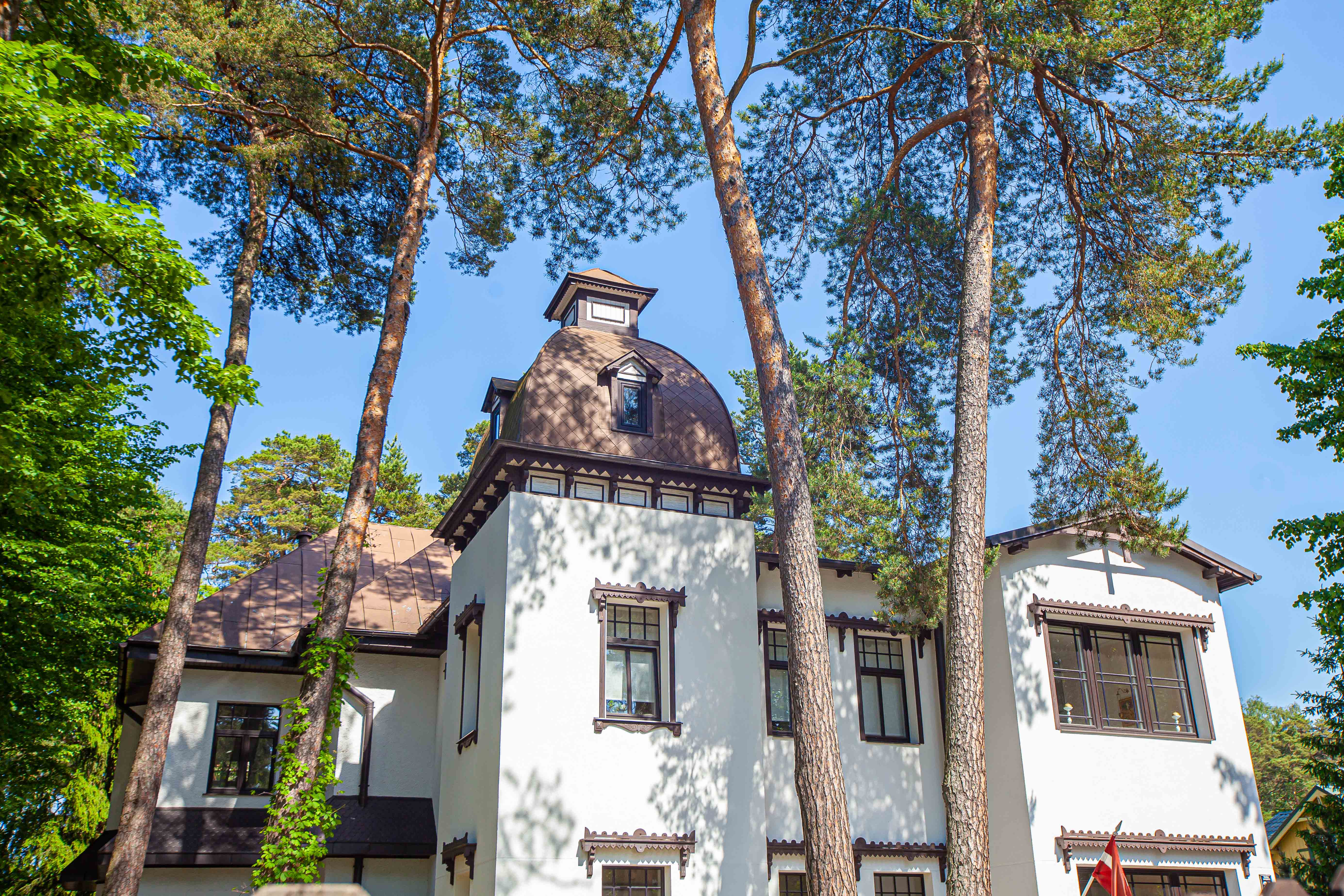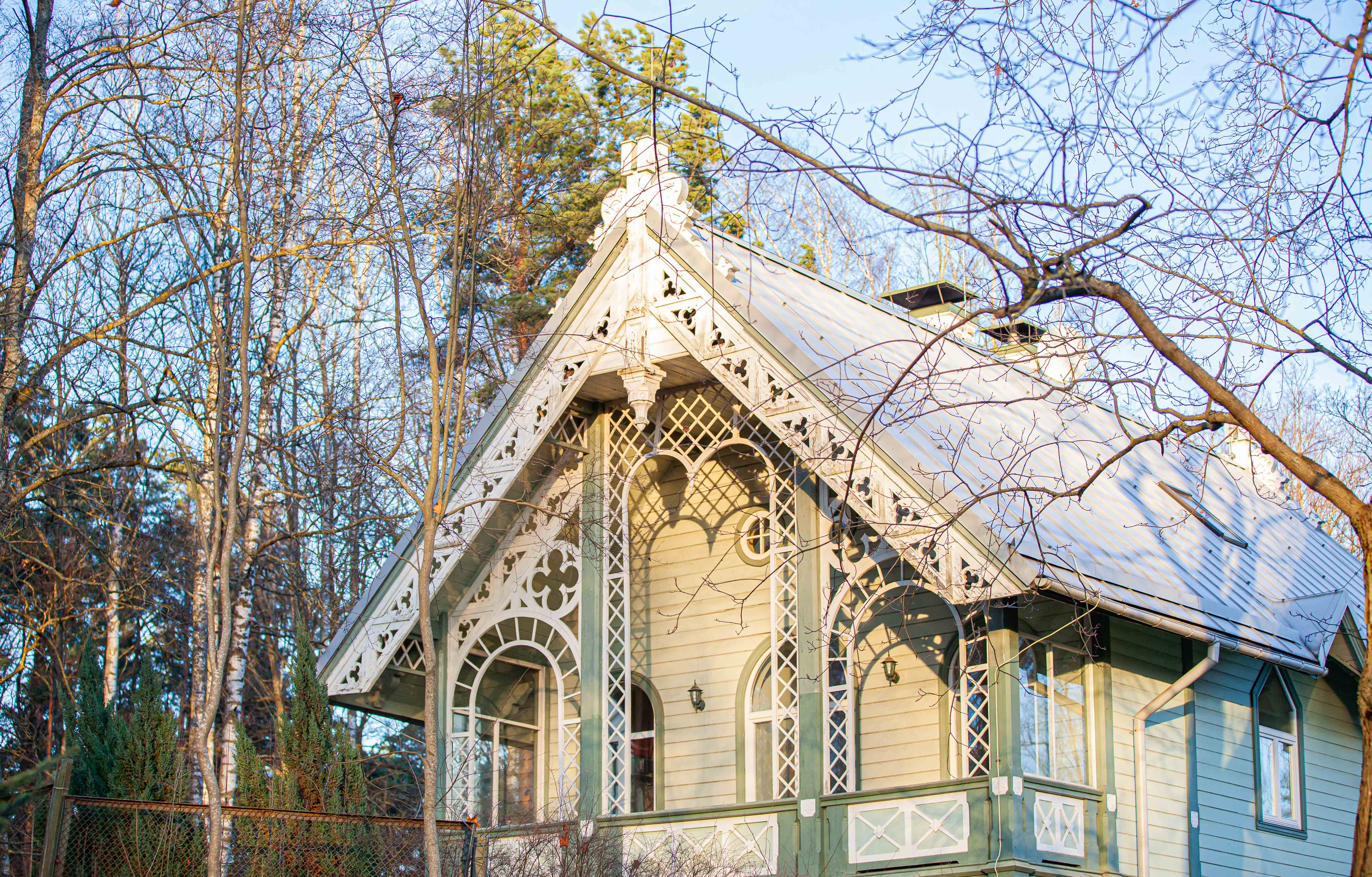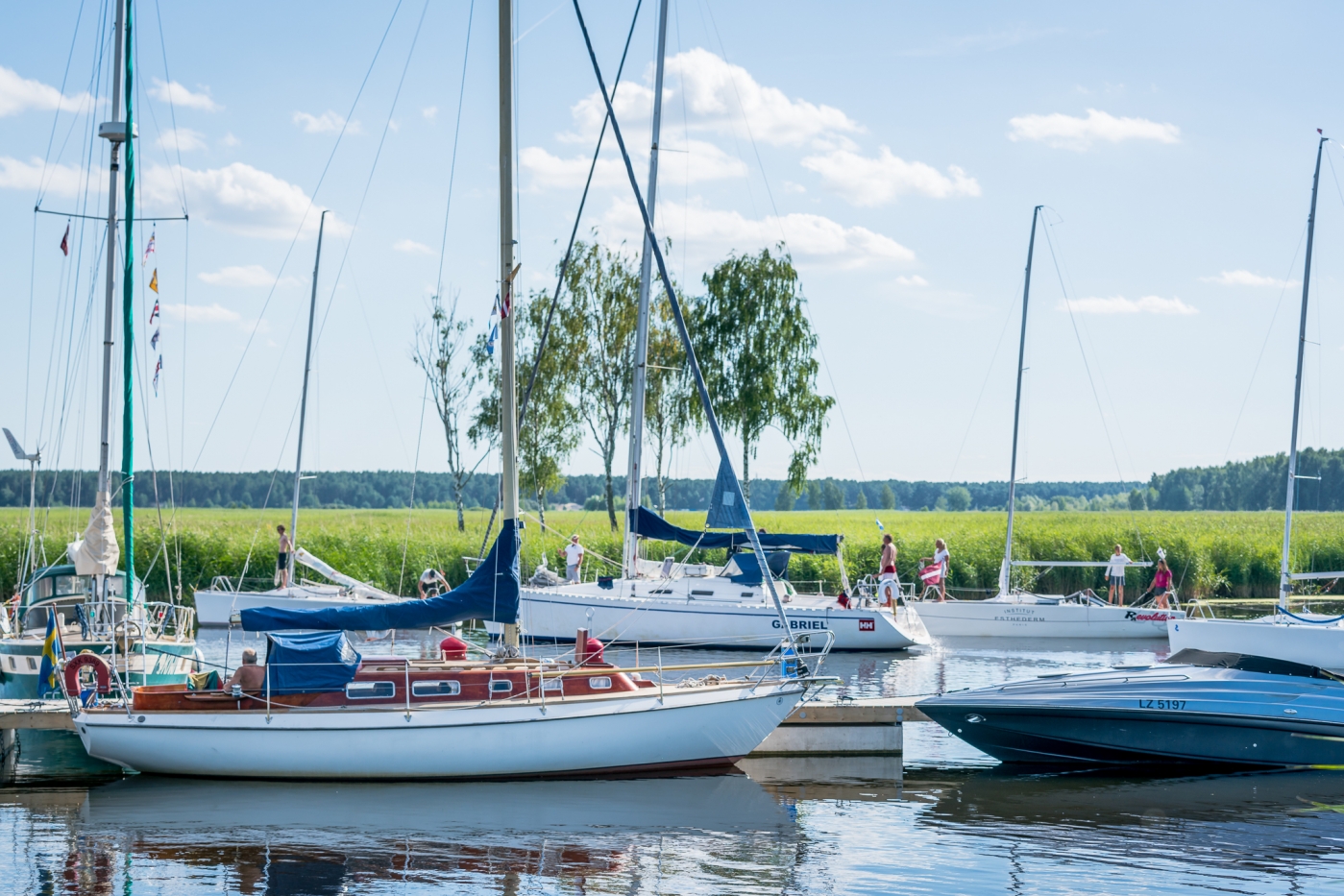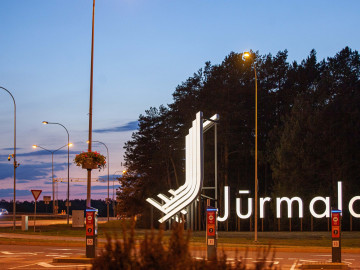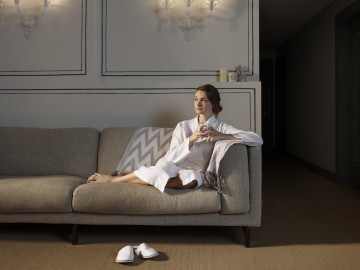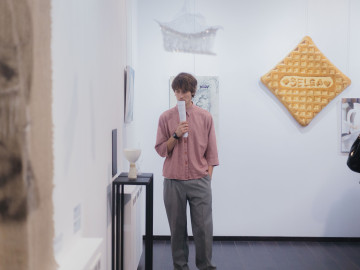Walking Routes in Jūrmala
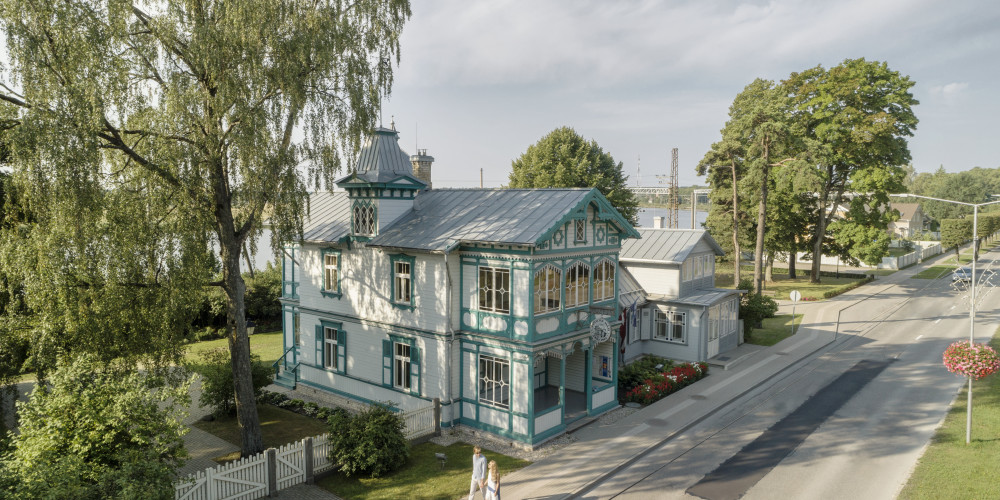
Walking season has begun! Jūrmala stands out as one of the few cities in Latvia offering an exceptionally long and diverse network of walking routes. Stretching over 24 km along the Baltic Sea coast, the city’s unique layout invites exploration through both nature trails and culturally rich urban walks.
Whether you prefer peaceful strolls through pine forests and dunes or wish to uncover the layers of Jūrmala’s architectural and cultural heritage, each route offers a distinct experience. You’ll find cafés and eateries along the way to rest and refresh, and nearby train stations provide an easy way to return home—or continue your adventure another day.
For an intuitive and well-structured walking experience, we recommend exploring the routes from east to west—starting in areas like Lielupe or Buļļuciems and continuing towards the city centre in Dzintari, Majori, and Dubulti. All neighbourhoods are connected by the Riga–Tukums railway line, allowing you to move freely between stops and plan your route according to your time and interests. But feel free to follow your own rhythm—choose the places that speak to you most.
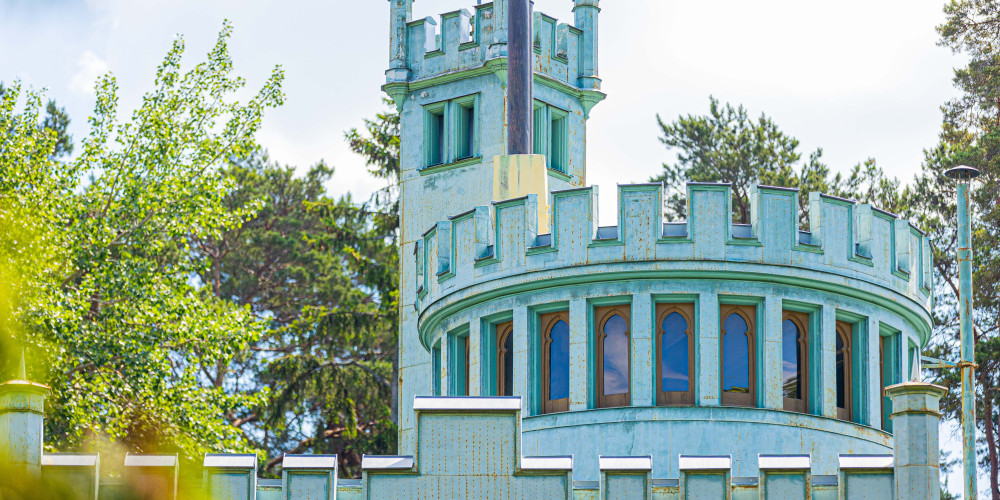
Dzintari: The Aristocratic "Edinburgh" of Jūrmala
Once known as "Edinburgh," Dzintari was a popular summer destination for Riga’s elite and aristocracy. This golden age is still visible in the ornate wooden villas with turrets, spacious verandas, and lace-like carvings—some lovingly restored, others marked with a charming patina of time.
This walking route reveals gems of national romanticism, elegant Art Nouveau buildings, and unique architectural blends. Alongside Finnish and German influences, you may even spot touches of the East. Dzintari’s architectural identity is defined by delightful eclecticism—every building tells its own story of style and ambition.
The route winds past the belvedere of sauerkraut factory owner Georgs Rudzītis, who once hid an Oriental-style gallery there, and projects by renowned Latvian architect Konstantīns Pēkšēns. Even the great writer Maxim Gorky once sought refuge here. Each house holds a tale—grand or eccentric. Discover the full route here
Bulduri: From German Enclave to Social Life Hotspot
Bulduri began as a serene, orderly summer haven for the Baltic German community—its regular street grid, elegant villas, and summer homes forming a world of their own. Later, the area became one of Jūrmala’s most vibrant cultural and social hubs, featuring a “forest chapel” church, a bathing society, concerts, and even a casino.
Here, villa after villa reveals towers, glazed verandas, intricate woodwork, and even a functionalist-style train station. You’ll also see traces of former sanatoriums, boarding houses, and a synagogue. The architecture reflects the transformation of lifestyles, society, and Jūrmala itself. Walk these paths of change! Discover the full route here
Architectural Gems in Old Bulduri (Vecbulduri)
This route takes you through an area where 19th–20th century architectural heritage still survives. Buildings with intricate woodcarvings catch the eye, with asymmetrical facades, half-timbering, and textured clay plaster contributing to a theatrical charm.
The architecture here is rich in Heimatstil (German “homeland style”) and Neo-Renaissance motifs, but most striking are the Art Nouveau details. A true rarity is the house with a semicircular belvedere and a subtle Eastern-style dome—evidence of the era’s creativity and love for eclecticism.
This walk is a call to look up and observe how each building embodies a unique architectural vision along Jūrmala’s quiet streets. Discover the full route here
Dubulti: A Centre of Creative Intelligence
In Dubulti, sea and river landscapes meet architectural legacy and literary inspiration. This is where Jūrmala’s cultural pulse beats strongest—a rhythm felt for generations.
From fishing huts to grand concerts, from writers' retreats to a contemporary art station—each era has left its mark here. The buildings reflect the people who lived, thought, and wrote in this neighbourhood: Aspazija (a renowned Latvian poet, playwright, and a key figure in the country’s cultural awakening), Zigfrīds Anna Meierovics (the first Prime Minister of independent Latvia and a leading political thinker of his time), and Ivan Goncharov (a Russian novelist best known for his classic Oblomov, who spent time in Jūrmala). Thousands of concerts, ideas, poems, and songs were born here. Creative minds have always returned.
Expect architectural contrasts—from the wave-shaped modernist train station to richly carved traditional villas, and from the former Writers’ House to Aspazija’s sculptural figure in the dunes. Discover the full route here
Old Dubulti (Vecdubulti): The Historic Heart of Jūrmala
Vecdubulti is where the story of Jūrmala truly begins. Here you’ll find the old fishermen’s village grid and some of the city’s earliest summerhouses—complete with wooden verandas, decorative glasswork, and traditional carvings.
Dubulti has long been a centre of cultural life—from the earliest spa guests and seaside concerts to writers and artists who found inspiration here since the mid-19th century.
From river ferries and humble fishing huts to a European-class resort, every era has shaped Dubulti. And its architecture tells more than just the story of buildings; it reveals the lives, thoughts, and creations of the people who called it home. Discover the full route here
Buļļuciems: Harmony of Nature and Seaside History
Street names like Loču iela (Anchor), Tīklu iela (Net), and Vikingu iela (Viking) speak for themselves—so does the local café with walls made from old boat hulls. Buļļuciems is one of Jūrmala’s quietest corners—a historic fishing village embraced by dunes and pine forests. From the scenic 17-metre Ragakāpa dune to the Lielupe River’s mouth into the sea (affectionately called “the edge of the world”), nature here reigns supreme.
This area was home not only to fishermen, but also to actors and musicians—scenes from the legendary 1939 film The Fisherman’s Son were shot right here. Enjoy a peaceful walk steeped in history. Discover the full route here
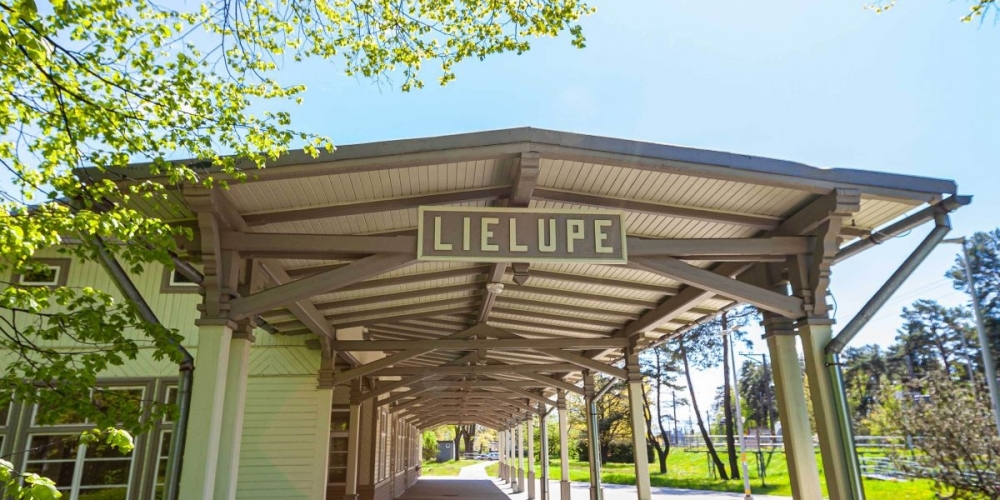
Lielupe: Architectural Treasures and Notable Lives
Once known as “faraway Jūrmala,” Lielupe was a natural choice for Latvia’s intellectual elite. Among those who spent their summers here were Dr. Pauls Stradiņš, a pioneering surgeon and public health advocate; Jānis Roze, founder of one of Latvia’s most influential publishing houses; and Jānis Zālītis, a celebrated composer who helped shape the foundations of Latvian national music. Each home—from the one overlooking the lighthouse to the Composers’ Creative House—has its own story.
You’ll also find one of Latvia’s last remaining Art Deco villas, a bronze apple sculpture, and homes with lush gardens once boasting over 200 plant species.
Walking through Lielupe is like visiting refined old friends—quiet avenues, historical plaques, and houses that still seem to remember their glory days. Discover the full route here
